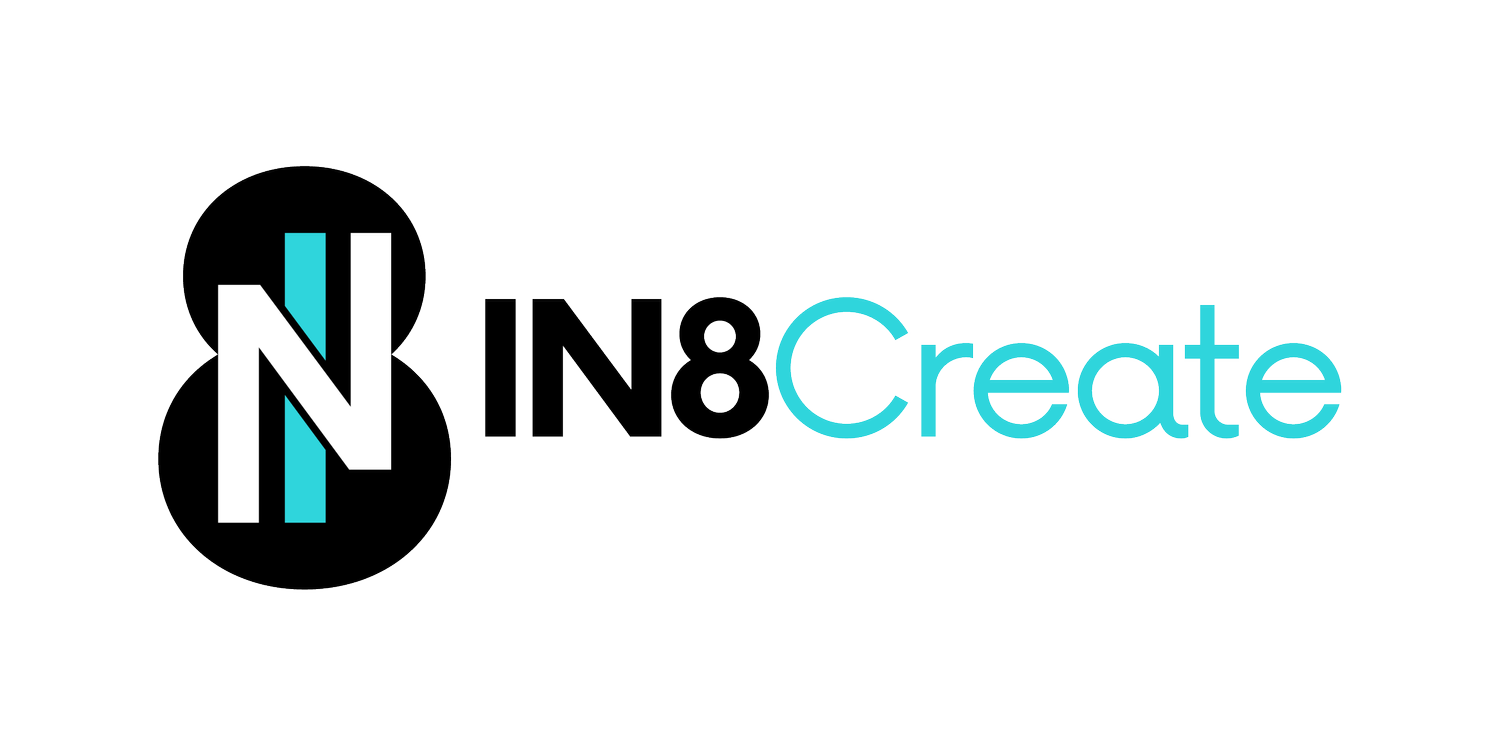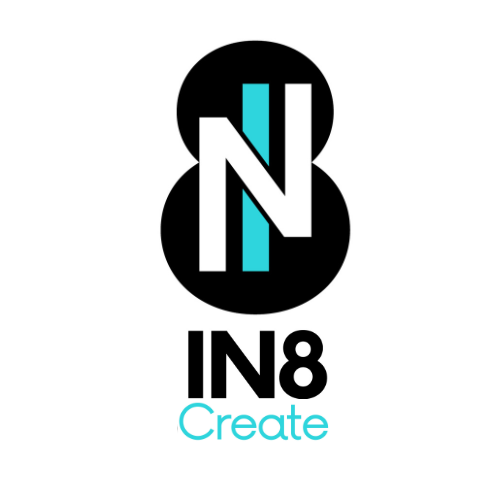Boost Employee Engagement with Bare Bones Drafts
There’s nothing like hitting a moving target. Sometimes it’s necessary - especially when speed is of the essence.
Priorities change, and the work needs to follow.
It might feel like the rules of the game keep changing!
Yet how often are these changes necessary?
One of the key challenges in teams is unclear goals and objectives.
From my own experience, there have been many a time where the expectation changes with the wind, and it’s not very inspiring. It can even be downright degrading as the work completed ends up in the trash.
Imagine pouring your best effort into a project or deck, only to have it completely reversed or changed when shared. Not only is this a detriment to engagement of an employee or team, but it might even result in turnover if it happens often.
This is a huge problem for leaders that are not great communicators.
I had one boss that no matter what you brought them, they would ask for a complete rework.
So I got smart - I put in very little time up front and presented a bare bones model to let them riff off of, then they would share what they REALLY wanted.
Do you know what you actually want, or is it “I’ll know it when I see it?”
If you are a leader and you’re not sure what you want (and will require changes when you “See” something in front of you). Ask your team for a bare bones draft and save them some time.
You might be surprised at what a very rough draft might do to help get things rolling.
If your leader does this to you, try the bare bones model with them. It helps to talk it over first.
No one wants waste time and sometimes folks don’t know what they want until they see a version.
It’s similar to visiting a restaurant. You have an inkling of what you want, yet once you see some of the dishes walk past you get a better appreciation of what you’re really hungry for!
Have you worked through this before?
What would you recommend?
#employeeengagement #futureofwork #teamdevelopment



